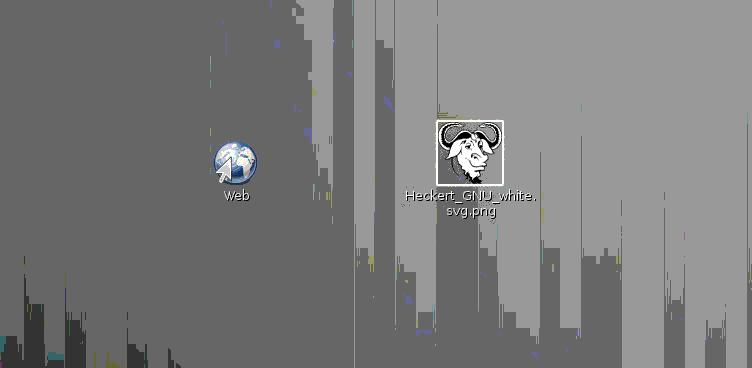|
Functoid
A functoid is a tool for applying methods to data via a GUI drag 'n drop interface from within the BizTalk Microsoft BizTalk Server is an inter-organizational middleware system (IOMS) that automates business processes through the use of ''adapters'' which are tailored to communicate with different software systems used in an enterprise. Created by M ... Mapping tool. In a typical BizTalk map, the data is copied from a source to a destination by dragging a line between the two. A functoid sits in the middle of this operation and applies its method to the incoming data so as to transform it to the requirements of the destination. By default functoids are arranged into 9 categories based on their functions. * String Functoids * Mathematical Functoids * Logical Functoids * Date / Time Functoids * Conversion Functoids * Scientific Functoids * Cumulative Functoids * Database Functoids * Advanced Functoids Microsoft BizTalk Server offers the ability to create custom functoids by ... [...More Info...] [...Related Items...] OR: [Wikipedia] [Google] [Baidu] |
Graphical User Interface
The GUI ( "UI" by itself is still usually pronounced . or ), graphical user interface, is a form of user interface that allows users to interact with electronic devices through graphical icons and audio indicator such as primary notation, instead of text-based UIs, typed command labels or text navigation. GUIs were introduced in reaction to the perceived steep learning curve of CLIs ( command-line interfaces), which require commands to be typed on a computer keyboard. The actions in a GUI are usually performed through direct manipulation of the graphical elements. Beyond computers, GUIs are used in many handheld mobile devices such as MP3 players, portable media players, gaming devices, smartphones and smaller household, office and industrial controls. The term ''GUI'' tends not to be applied to other lower-display resolution types of interfaces, such as video games (where HUD (''head-up display'') is preferred), or not including flat screens like volumetric displays because ... [...More Info...] [...Related Items...] OR: [Wikipedia] [Google] [Baidu] |
Drag-and-drop
In computer graphical user interfaces, drag and drop is a pointing device gesture in which the user selects a virtual object by "grabbing" it and dragging it to a different location or onto another virtual object. In general, it can be used to invoke many kinds of actions, or create various types of associations between two abstract objects. As a feature, drag-and-drop support is not found in all software, though it is sometimes a fast and easy-to-learn technique. However, it is not always clear to users that an item can be dragged and dropped, or what is the command performed by the drag and drop, which can decrease usability. Actions The basic sequence involved in drag and drop is: * Move the pointer to the object * Press, and hold down, the button on the mouse or other pointing device, to "grab" the object * "Drag" the object to the desired location by moving the pointer to this one * "Drop" the object by releasing the button Dragging requires more physical effort than ... [...More Info...] [...Related Items...] OR: [Wikipedia] [Google] [Baidu] |
Inter-process Communication
In computer science, inter-process communication or interprocess communication (IPC) refers specifically to the mechanisms an operating system provides to allow the processes to manage shared data. Typically, applications can use IPC, categorized as clients and servers, where the client requests data and the server responds to client requests. Many applications are both clients and servers, as commonly seen in distributed computing. IPC is very important to the design process for microkernels and nanokernels, which reduce the number of functionalities provided by the kernel. Those functionalities are then obtained by communicating with servers via IPC, leading to a large increase in communication when compared to a regular monolithic kernel. IPC interfaces generally encompass variable analytic framework structures. These processes ensure compatibility between the multi-vector protocols upon which IPC models rely. An IPC mechanism is either synchronous or asynchronous. Synchr ... [...More Info...] [...Related Items...] OR: [Wikipedia] [Google] [Baidu] |

